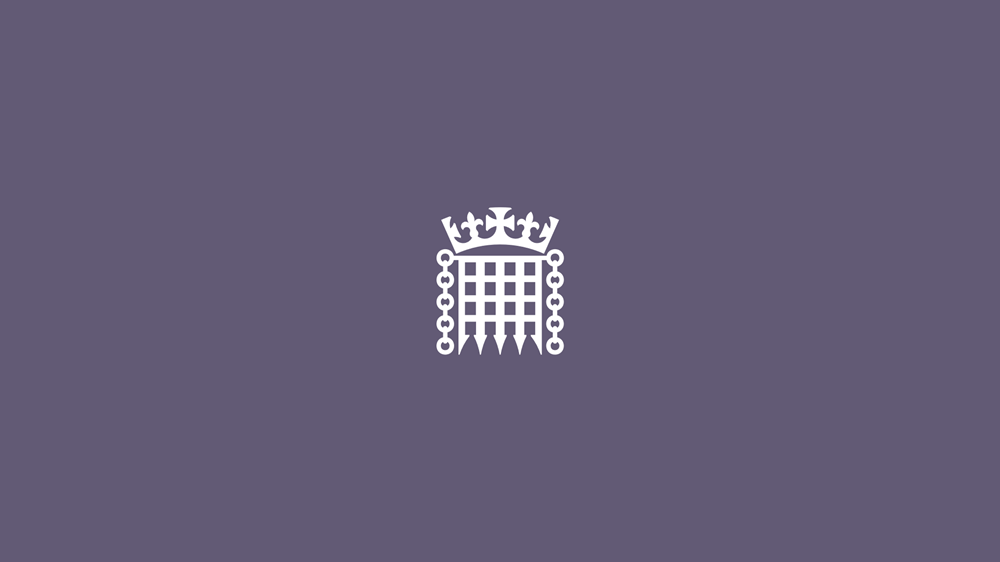Lords EU exit regulations: 7 February
8 February 2019
The House of Lords examined 12 statutory instruments preparing for Brexit on Thursday 7 February.
A statutory instrument (SI), a type of secondary legislation, is a law created under powers given by an Act of Parliament. It is used to fill in the details of Acts (primary legislation).
The proposed SIs make changes to laws on:
- Jurisdiction and judgements on civil matters
- Civil partnerships and marriage
- Electronic communications and wireless telegraphy
- Human tissue, fertilisation and embryology
- Organ transplantation
- Money laundering and market abuse
- Credit rating agencies
- Equality
- Catch up on Parliament TV
- Read the Lords Hansard transcript
- Statutory instruments tracker (beta)
- What is a statutory instrument?
- Statutory instruments procedure in the House of Lords
The SIs examined on Thursday 7 February were all made under the EU (Withdrawal) Act 2018, and are changes to the law to be made in the event of the UK leaving the EU without a withdrawal agreement.
All these SIs were made under the draft affirmative procedure, meaning they needed to be approved by Parliament before they could be made (signed into law) and brought into effect as law. Draft affirmative SIs can be stopped if either House votes against the government's motion calling for the SI to be approved.
Following debates by Lords members on the floor of the House, all the SI approval motions were agreed to.
Lords scrutiny
The House of Lords Secondary Legislation Scrutiny Committee (SLSC) examines every SI, including all EU Exit SIs. It publishes reports drawing members' attention to SIs.
Further information
- Attend debates in the chamber
- Follow @ukhouseoflords on Twitter
- Like House of Lords on Facebook
- Watch House of Lords videos on YouTube
- View House of Lords photos on Flickr
- Connect with Lords on the Lords Digital Chamber
Image: iStockphoto
